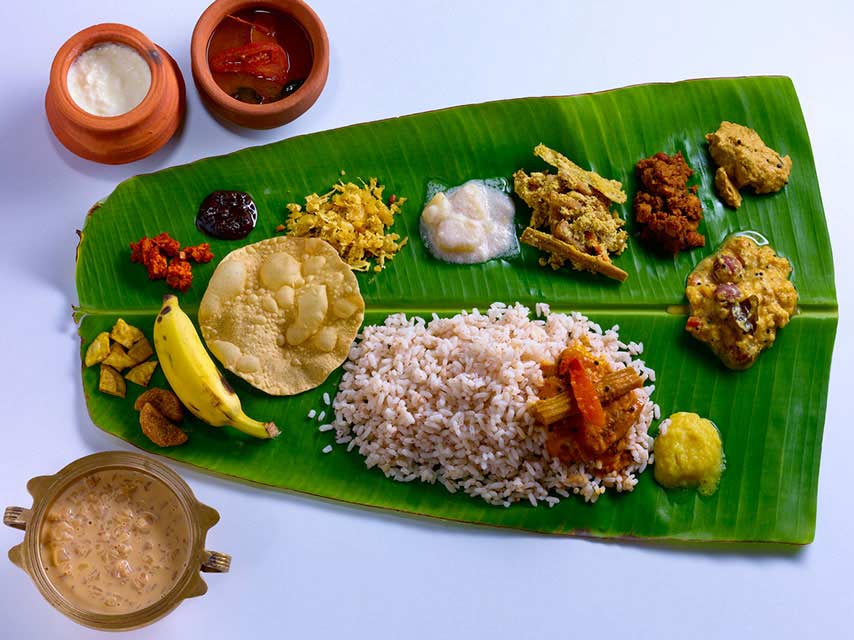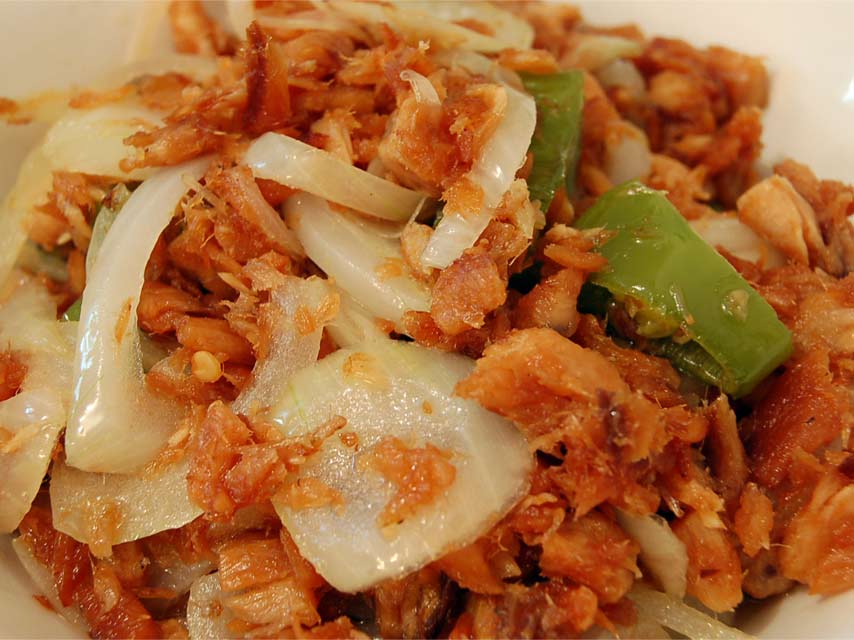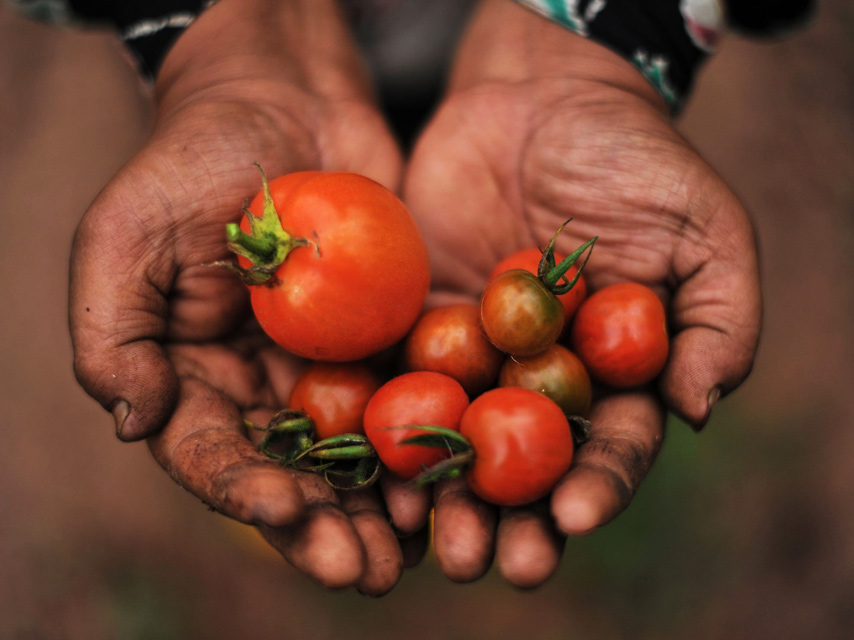10 essential ingredients you need to cook Chinese food
You've finally decided to start cooking Chinese food, but a quick look through any Chinese recipe may overwhelm you, especially with so many types of ingredients. Chinese cuisine is all about combining different flavours, to maintain the balance and harmony in a dish. Because of this culinary philosophy, it involves the use of different sauces and aromatics to add flavour.
You might find yourself wondering if you really need a trip down to Chinatown for all the exotic sounding ingredients. Thankfully, the multi-cultural cuisine of Mauritius gives us easy access to all if not most ingredients within in our own locality.
To save you a trip to the store or market, it is a good idea to stock up on several basic ingredients that you will use over and over again in Chinese cooking. However, depending on your personal cooking habits, you might not need all of them- in fact, you only need a few basic ingredients to cook most Chinese dishes. Let's take a look at some essential ingredients for Chinese cooking.
Chinese Dried Black Mushrooms
This is one of the most important ingredients in Chinese cooking. They have a very concentrated flavour- used to add umami (savoury taste) and depth of flavour, and most of the time, fresh mushrooms cannot replace it. Various classic dishes such as hot and sour soup, egg rolls, and potstickers use shiitake mushrooms to enhance the flavour. The mushrooms also taste wonderful in noodles, clay pot rice, and braised meat dishes, in which they get infused with meat drippings.

Cornstarch
Cornstarch, also known as corn flour, is the most common thickening agent used in Chinese cooking. It is also the most readily available ingredient. When mixed with water, the cornstarch helps thicken countless sauces in stir-fry dishes and braises. Another common use for cornstarch is marinating meat, to make the texture of meat silky and juicy and for dredging & frying, yielding a perfectly light and crunchy texture. Substitutions for cornstarch are tapioca starch and potato starch.
Dried Shrimp
Dried shrimp is a handy ingredient to have in your pantry, if you’re looking to add a seafood-like flavour to soup and dumplings without adding many calories to a dish. Commonly used in many Asian cuisines, the shrimp are sun-dried until very small for preservation purposes. It can be used in stir-fried and braised dishes, soups, salads, dumplings, or any other dish, to add flavour. Dried shrimp requires pre-soaking before cooking, so they can release more flavour.
Five Spice Powder
This very powerful, five-flavour powder is prepared from five spices: cloves, fennel, Sichuan pepper, star anise, and Chinese cinnamon- a balance of sweet, sour, salty, pungent, and bitter flavours. It’s an important ingredient in marinating and braising, but you can add it to any other dish for depth of flavour. It can also be sprinkled in small amounts to a vegetable stir-fry. You can purchase or prepare it at home, using a spice grinder.
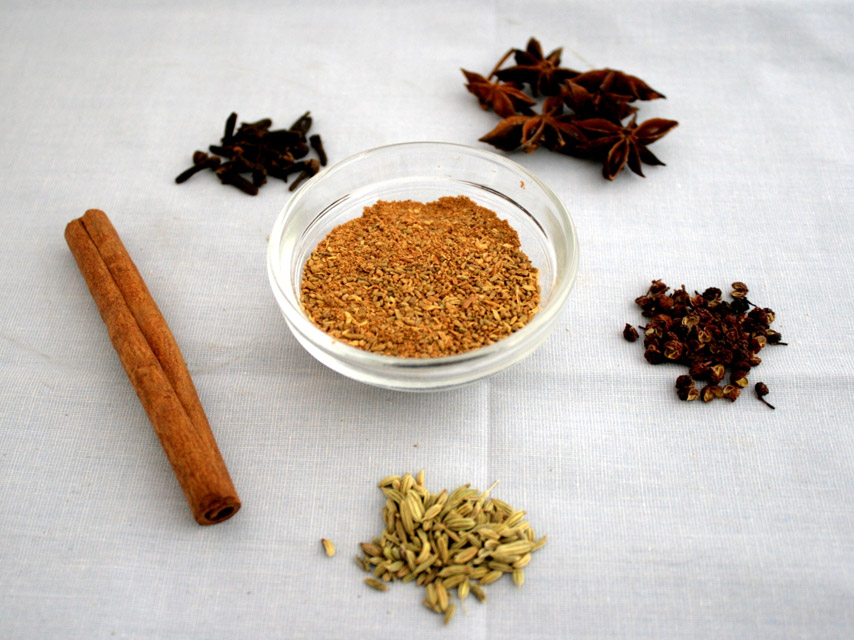
Garlic
Along with ginger, it is often used to season cooking oil. Everyone knows garlic, but you can never have too much garlic in your pantry when cooking Chinese food. Eaten raw, cooked, dried, pickled, and/or fried, this perennial herb and its flat leaves are components of many Chinese dishes including many garlic sauces. Remember to avoid burning the garlic since it is the foundation of many recipes and the bitterness of burnt garlic will ruin your dish.
Gingerroot
Ginger has a unique flavour and is used in many recognizable seafood recipes. Always use fresh ginger unless the recipe states otherwise. Caramelizing ginger slices in oil infuses dishes with a toasty ginger flavour that carries through your entire dish for a truly authentic flavour. Chinese cuisine has many dishes that use ginger, involving seafood, since the flavour pairs well with shellfish and fish. The Chinese also believe ginger has medicinal qualities and helps “cleanse” the shellfish.

Oyster Sauce
Made from boiled oysters and seasonings or a mixture of cornstarch, salt, sugar and oyster essence, this rich yet distinct savoury sauce is the key ingredient in Cantonese cooking. It is mainly used in meat and vegetable dishes. Like hoisin sauce, the oyster sauce will make every dish taste better. If you add a drop of oyster sauce to simple fried noodles or noodle soup, it will enhance the depth of flavour and make the dish instantly taste better.
Soy Sauce
Soy sauce is the foundation of Chinese and other Asian cooking- both light and dark. The main ingredients are usually soybeans, wheat, water and salt. Light soy sauce is thinner and saltier than the dark soy variety and is typically used in small quantities as a light seasoning or dipping sauce. Dark soy sauce is more like food colouring, as it is used to darken a dish with an appetizing colour- usually used in marinades and stir-fries.
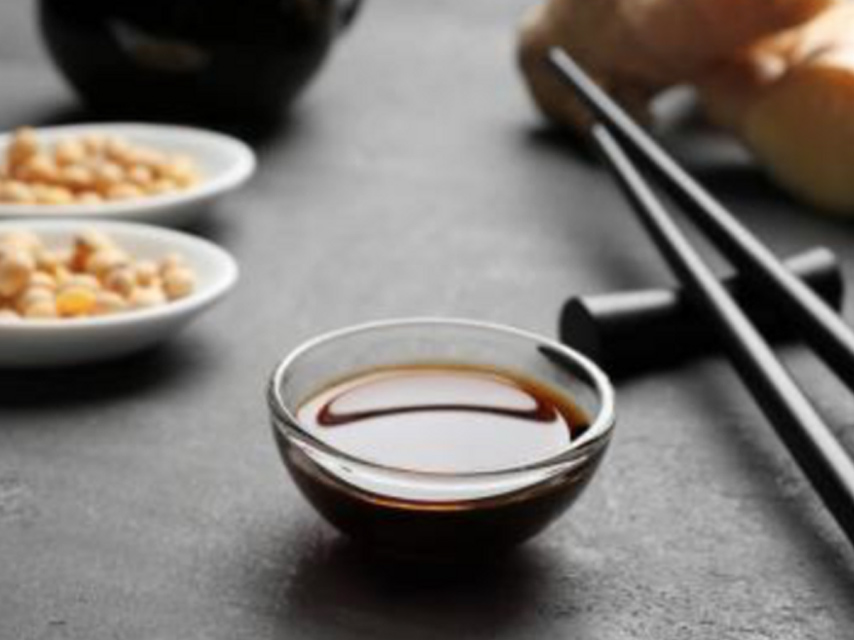
Spring Onions (Green Onions, Scallions)
Often used as a garnish, or added to stir-fries in the wok, scallions, or green onions, are used everywhere in Chinese cooking. Lengthwise or julienned cuts are great for steamed fish and noodle dishes, whereas chopping them are essential for fried rice and great for garnishes. Dark green scallions indicate that they are fresh. The green portions are great for colour and garnish & offer a milder flavor and the white portions will add a more sweet onion flavour.
White Pepper
Chinese cuisine doesn’t use black pepper in their cuisine; instead, they stick to ground white pepper. The white version is added for its sharp bite. They are added to dishes to give them a spicier flavour, without setting the tongue on fire. Moreover, they are preferred over the darker variety, especially in the case of soups and light-coloured dishes. The light colour of this ground pepper doesn't interfere with the aesthetic value of the dish.
There are obviously many more items you can add to your Chinese pantry, but for anyone looking to make a serious foray into Chinese cooking at home or to just whip up a couple of quick and easy stir-fries, start with the basic Chinese pantry items listed here.
You may also like
Comments



 French
French